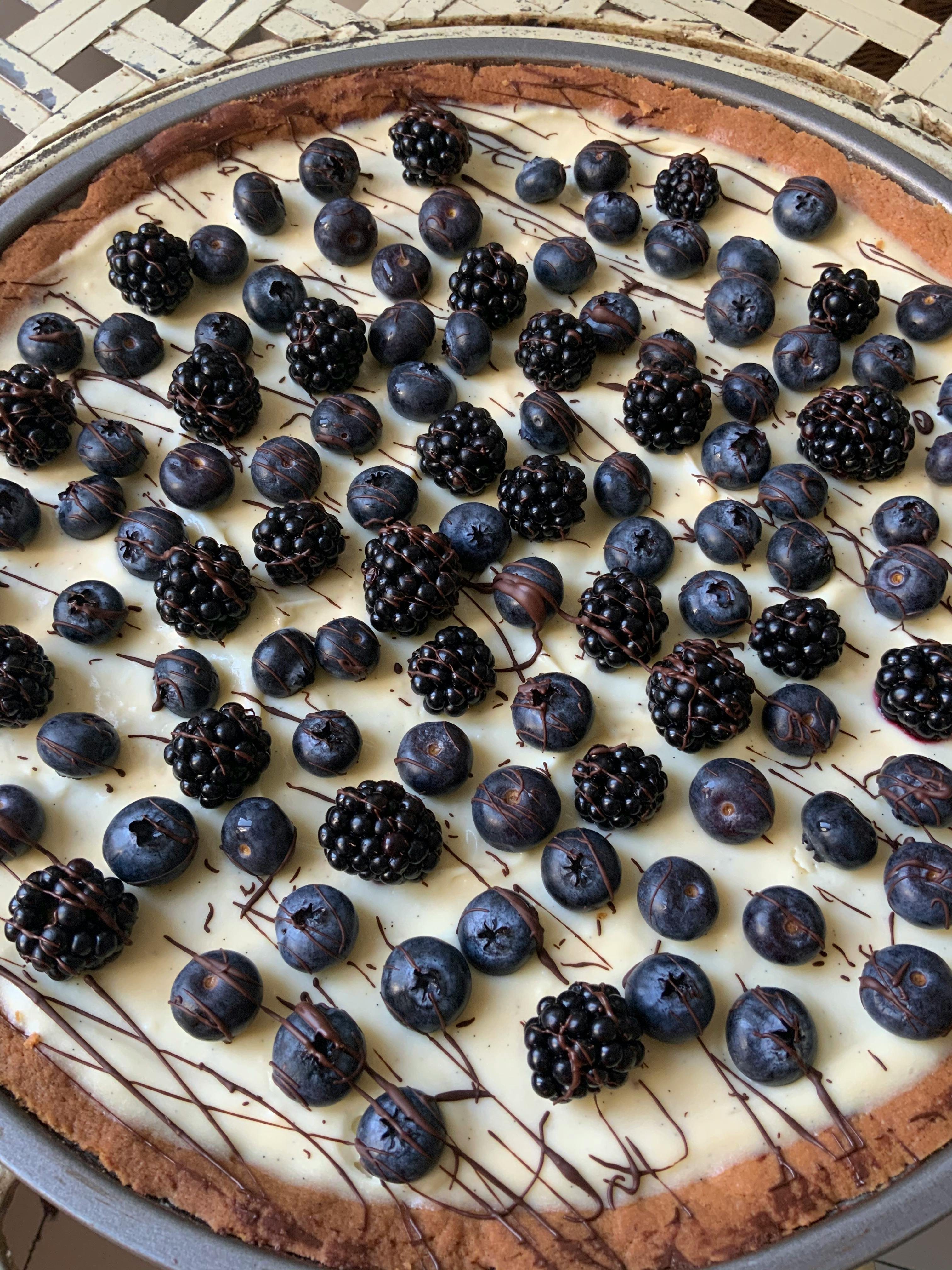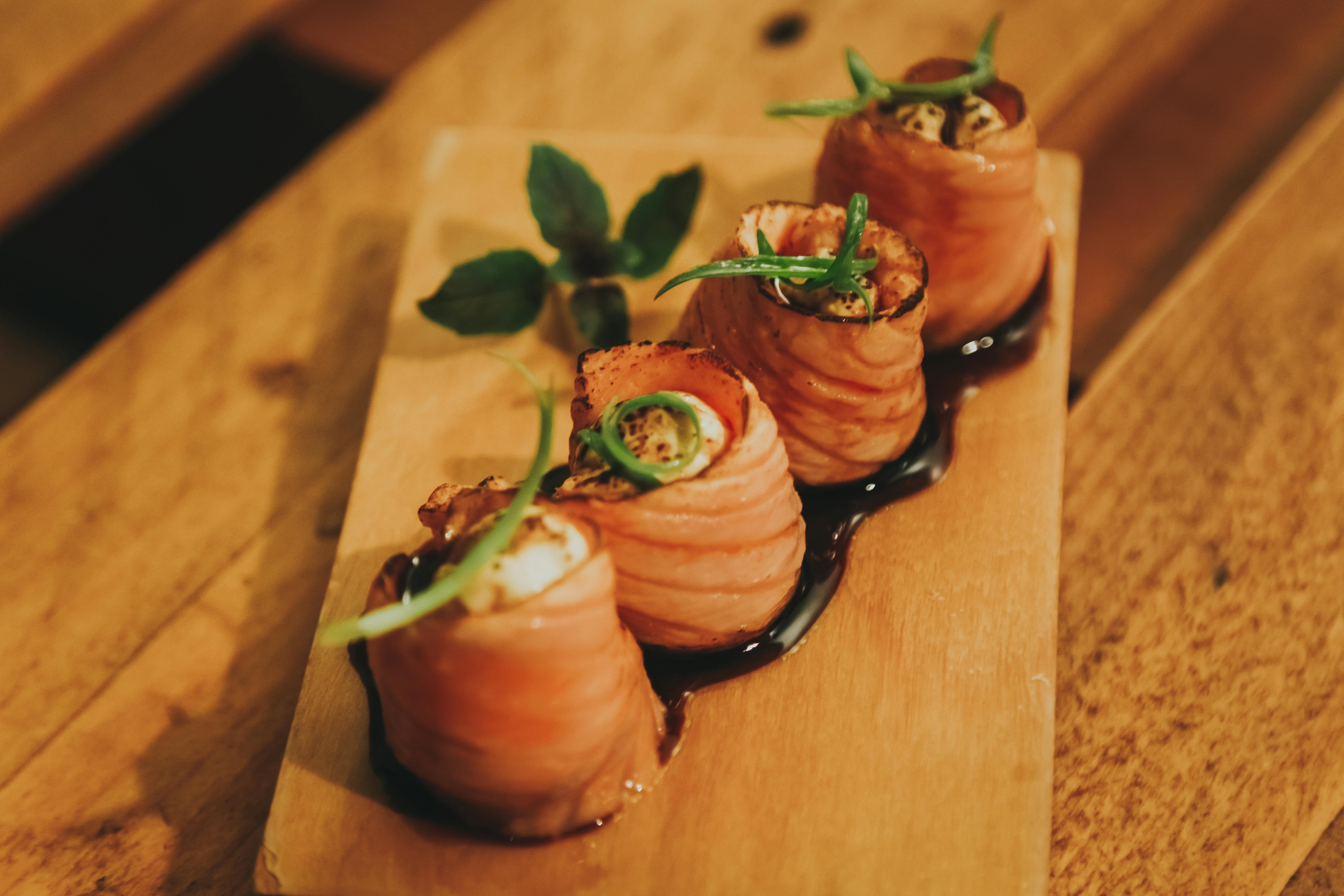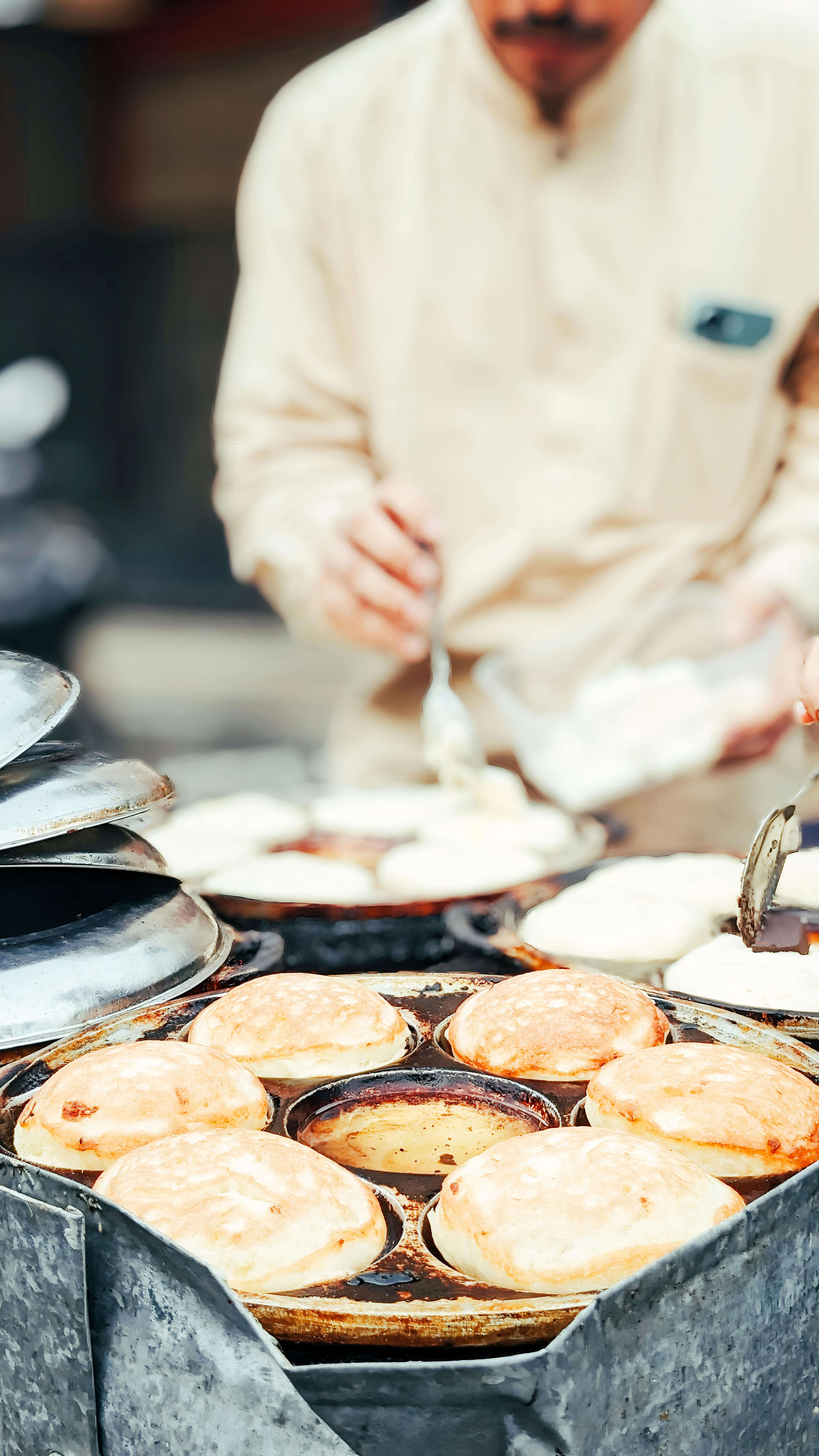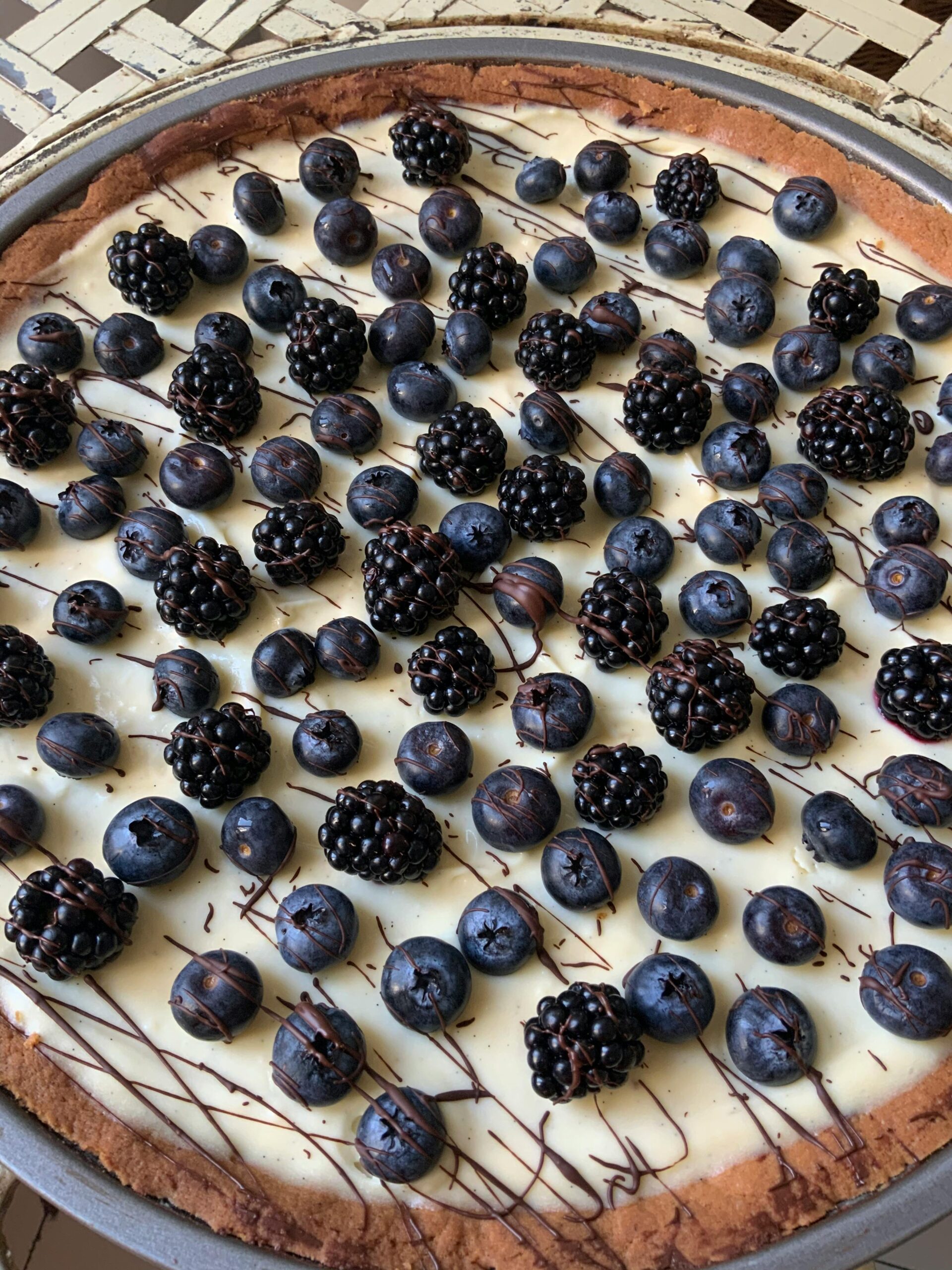Ultimate Homemade Recipe for Muscadine Cobbler
There’s nothing quite like the comforting aroma of a fresh-baked cobbler wafting through the kitchen. Among Southern favorites, the recipe for muscadine cobbler holds a special place. With its rich, tangy flavor and rustic charm, this traditional dessert is making a flavorful comeback in kitchens across the country. In this guide, you’ll learn everything from foundational knowledge to advanced baking techniques for the perfect muscadine cobbler.

Understanding the Fundamentals
The heart of a delicious muscadine cobbler lies in understanding the key components and characteristics that make it so unique. From the muscadine grape itself to the techniques used in baking, these elements are essential to mastering this dessert.
Historically rooted in the American South, the muscadine grape has been a staple ingredient in jams, wines, and of course, cobblers. Its robust skin and naturally sweet interior lend a distinctive flavor that’s unlike any other fruit used in cobblers.
1.1 The Muscadine Grape
Muscadines are native to the southeastern United States and thrive in warm, humid climates. They are known for their thick skins and bold flavors, which range from sweet to tangy. These grapes are rich in antioxidants, particularly resveratrol, and are widely praised for their health benefits.
Unlike table grapes, muscadines are often seeded and have a meatier texture. They hold up exceptionally well in cooking, making them ideal for cobbler recipes where structure and flavor intensity matter.
1.2 What Makes a Cobbler a Cobbler?
A cobbler typically consists of a fruit filling topped with a biscuit, batter, or dumpling crust. It differs from crisps and crumbles due to its denser topping. The key to a successful muscadine cobbler is balancing the tartness of the fruit with a slightly sweet, buttery crust that absorbs the juices.
Where pies require precise crust shaping, cobblers embrace rustic presentation—perfect for bakers seeking simplicity without compromising flavor.
Practical Implementation Guide
Now that you understand the fundamentals, let’s move on to making your own muscadine cobbler. This guide walks you through each step, ensuring consistent results and room for creativity.

2.1 Actionable Steps
- Prepare the Muscadines: Rinse 4 cups of muscadine grapes and split them open to remove seeds. You can simmer them in a saucepan with a bit of sugar and water to soften the skins.
- Create the Filling: Combine softened grapes, 1 cup sugar, 1 tsp lemon juice, and 1 tbsp cornstarch. Cook until mixture thickens and let cool.
- Make the Topping: Mix 1 cup self-rising flour, 1 cup milk, 1/2 cup melted butter, and 1/2 cup sugar. Pour batter over fruit in a buttered baking dish.
2.2 Overcoming Challenges
Common issues include overcooked fruit, runny filling, and soggy crust. To avoid these:
- Use cornstarch or flour to thicken the filling.
- Let the filling cool slightly before adding batter.
- Don’t overbake—check for golden brown crust and bubbling edges.
If your cobbler is too tart, increase sugar by 1/4 cup. For dry crusts, brush the top with butter midway through baking.
Advanced Applications
Once you’ve mastered the classic recipe for muscadine cobbler, it’s time to experiment with sophisticated versions. These advanced techniques can transform your dessert from homestyle to gourmet.

3.1 Caramelized Crust Technique
Brush the batter top with heavy cream and a sprinkle of brown sugar before baking. This creates a caramelized, crunchy texture. Add a pinch of sea salt for balance. Restaurants often use this technique for elevated presentation and taste.
3.2 Muscadine Cobbler with Infusions
Enhance the filling with vanilla bean, cinnamon, or a splash of muscadine wine for complexity. These infusions blend harmoniously with the natural flavor of muscadines and elevate the dish beyond traditional expectations.
Future Outlook
With the farm-to-table movement gaining traction, muscadine cobbler is poised for a revival. Chefs and home bakers are rediscovering heritage ingredients, and the unique profile of muscadine grapes fits this niche perfectly.
Expect to see hybrid variations, such as gluten-free cobblers, and the incorporation of alternative sweeteners like honey or agave. The muscadine’s potential in modern dessert crafting is only beginning to be explored.
Conclusion
Mastering the recipe for muscadine cobbler means understanding your ingredients, executing the technique, and embracing creativity. With muscadines as your foundation, every batch you make carries a piece of Southern tradition and culinary ingenuity.
Now it’s your turn—gather your ingredients, preheat your oven, and start baking a cobbler that’s sure to impress. Don’t forget to share your creation with family and friends!
Frequently Asked Questions
- Q: What are muscadine grapes? Muscadines are thick-skinned grapes native to the American South, known for their sweet-tart flavor and nutritional value.
- Q: How do I start making muscadine cobbler? Begin by sourcing fresh muscadines, prepping the filling, and following the simple baking instructions in this guide.
- Q: How long does it take to make muscadine cobbler? From prep to finish, it typically takes about 1 hour, including baking time.
- Q: Is this recipe expensive? Not at all. Most ingredients are pantry staples, and muscadines are affordable in-season.
- Q: How does cobbler differ from pie? Cobblers have a more casual crust, often poured or dropped over the fruit rather than rolled and shaped.
- Q: Is muscadine cobbler difficult to make? It’s beginner-friendly. With a few simple techniques, you can achieve excellent results even on your first try.
- Q: Can I use muscadine cobbler in a restaurant setting? Absolutely. With advanced techniques and presentation, it can become a signature gourmet dessert on any menu.
